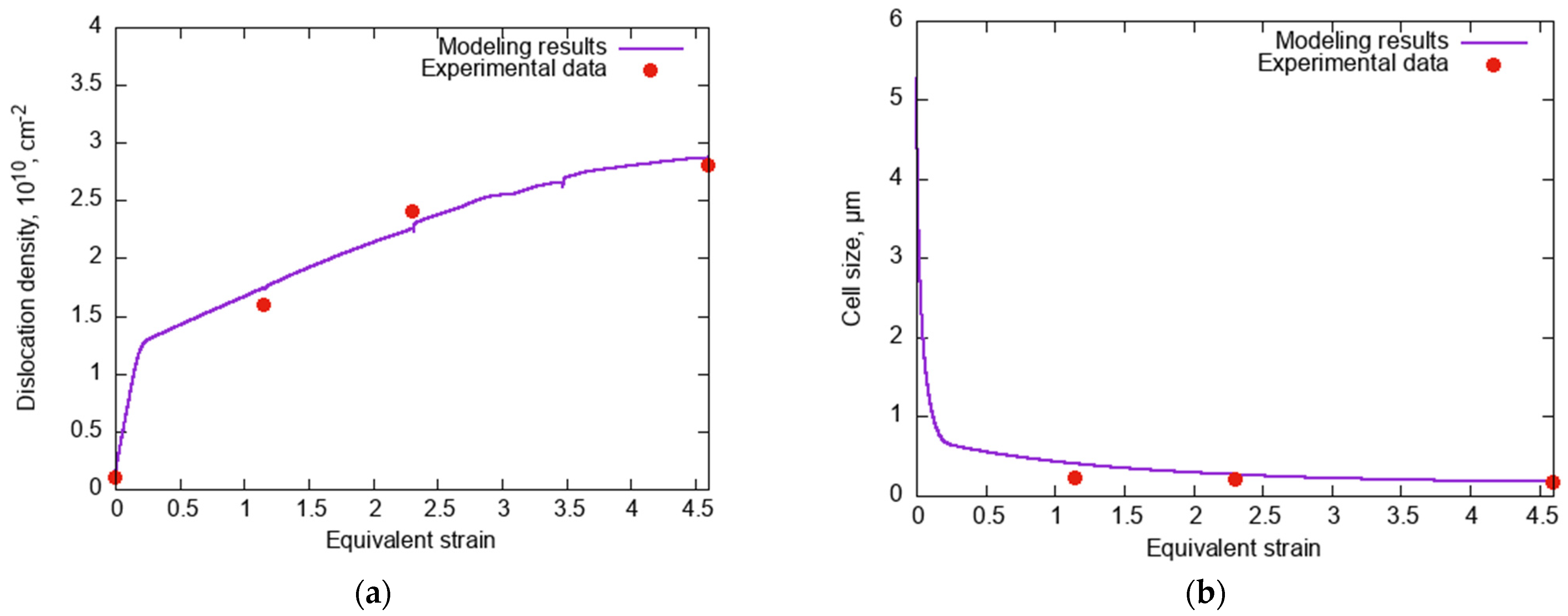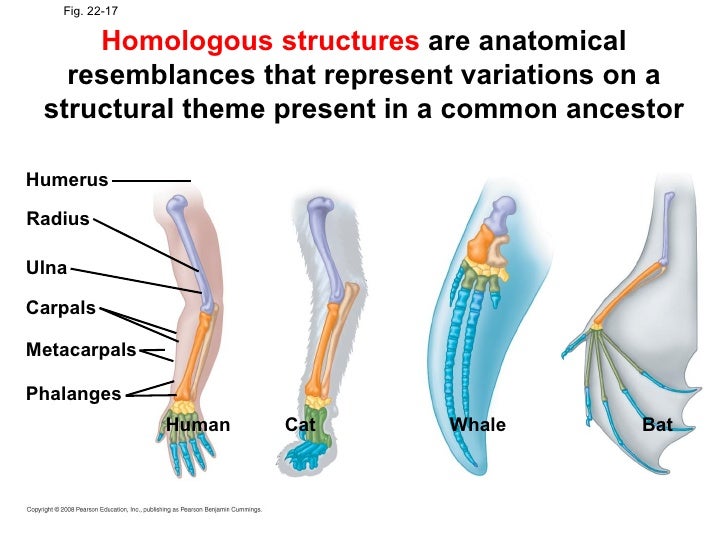


However, there are cases where both criteria disagree, which historically led to a conflict between approaches favoring the comparative anatomy of adults and those relying on comparative embryology (Section 3 below). While the positional criterion primarily relies on comparing the adult morphologies of different species, the embryological criterion involves comparative embryology as an additional source of evidence. This made many cases of homology discovery possible, as the early developmental stages of different species are more similar than the respective adult forms. The embryological criterion assumes that homologous structures in different species develop out of the same developmental precursors. if it serves a different function in different species), but this bone will usually be adjacent to or articulate with the same set of other bones across these species. For instance, the shape of a certain bone may vary across different species (e.g. The positional criterion maintains that homologous structures in different species retain their relative topological positions. In this period and until the first half of the twentieth century, two main criteria were used to establish homologies across species. (A more recent contrastive notion is homoplasy, the presence of similar traits in different species without common ancestry, i.e., as an instance of parallel evolution.) This sounds straightforward, but in fact the homology concept has a rich history and currently is the subject of extensive theoretical reflection, resulting in different contemporary approaches to homology.ĭespite the phylogenetic nature of homology, the homology concept was introduced in early nineteenth century comparative anatomy and embryology, and became an influential aspect of comparative practice well before the advent of Darwinian evolutionary theory. Homology has traditionally been contrasted with analogy, the presence of similar traits in different species not necessarily due to common ancestry but due to a similar function or convergent evolution resulting from similar selective pressure in different species.

The existence of homologies is explained by common ancestry, and according to modern definitions of homology, two structures in different species are homologous if they are derived from the same structure in the common ancestor. Homology is a central concept of comparative and evolutionary biology, referring to the presence of the same bodily parts (e.g., morphological structures) in different species. Homology after the advent of evolutionary theoryĤ.


 0 kommentar(er)
0 kommentar(er)
